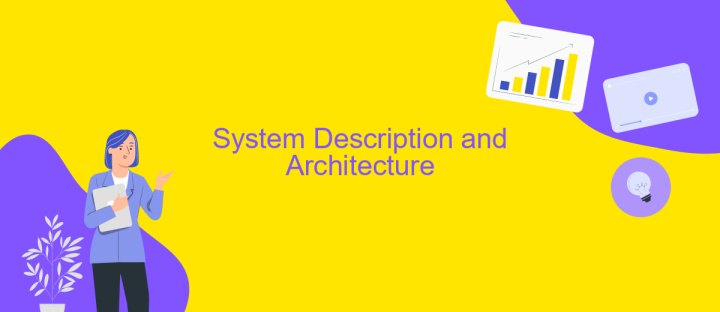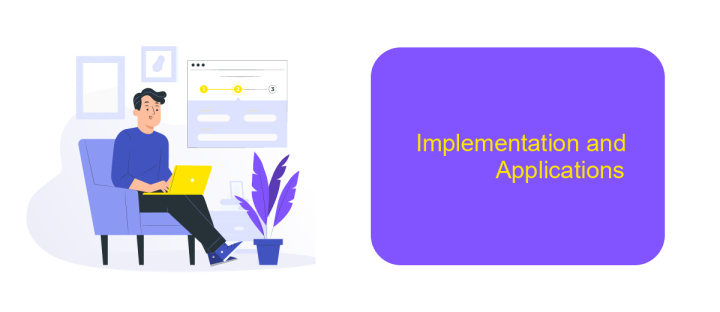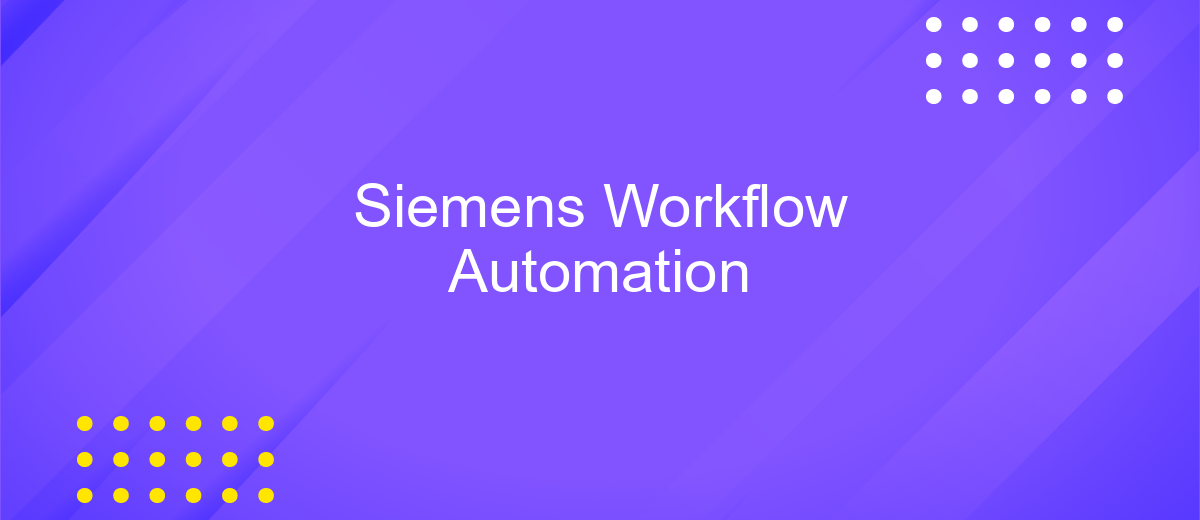Siemens Workflow Automation
Siemens Workflow Automation revolutionizes business operations by streamlining processes and enhancing efficiency. Leveraging cutting-edge technology, Siemens provides tailored solutions that integrate seamlessly with existing systems, enabling organizations to optimize workflows, reduce manual tasks, and increase productivity. This article explores the key features and benefits of Siemens Workflow Automation, showcasing how it empowers businesses to achieve operational excellence in today's competitive landscape.
Executive Summary
Siemens Workflow Automation is a comprehensive solution designed to streamline business processes and enhance operational efficiency. By automating repetitive tasks and integrating various systems, it allows organizations to focus on strategic initiatives rather than manual labor.
- Seamless integration with existing systems
- Reduction in operational costs
- Enhanced productivity and efficiency
- Real-time monitoring and reporting
- Scalable and customizable workflows
One of the key features of Siemens Workflow Automation is its ability to integrate with multiple platforms through services like ApiX-Drive. This enables seamless data transfer and synchronization across different applications, ensuring that all systems work in harmony. By leveraging these integrations, businesses can achieve a higher level of automation and operational excellence.
Background and Motivation

Siemens Workflow Automation has emerged as a pivotal solution for industries seeking to enhance operational efficiency and streamline complex processes. The increasing demand for automation technologies stems from the need to reduce human error, improve productivity, and ensure compliance with industry standards. By automating routine tasks, businesses can allocate resources more effectively, allowing employees to focus on higher-value activities that drive innovation and growth.
One of the key motivations behind adopting Siemens Workflow Automation is the seamless integration with various third-party applications and services. Tools like ApiX-Drive facilitate this integration by providing a user-friendly platform to connect disparate systems without extensive coding knowledge. This capability ensures that data flows smoothly between different software solutions, enhancing overall system performance and reliability. As a result, organizations can achieve a unified and cohesive workflow, ultimately leading to better decision-making and optimized operations.
System Description and Architecture

The Siemens Workflow Automation system is designed to streamline and optimize business processes through advanced automation technologies. It integrates seamlessly with existing enterprise systems, ensuring a smooth transition and minimal disruption. The architecture is modular, allowing for easy scalability and customization to meet specific organizational needs.
1. **Core Engine:** The central component that manages workflow execution and coordination.
2. **Integration Layer:** Utilizes services like ApiX-Drive to facilitate seamless integration with various third-party applications and data sources.
3. **User Interface:** A web-based platform that provides users with real-time monitoring, management, and reporting capabilities.
4. **Database Management:** Ensures secure and efficient data storage and retrieval, supporting both SQL and NoSQL databases.
5. **Security Module:** Implements robust security protocols to protect sensitive information and ensure compliance with industry standards.
This architecture allows for flexible deployment options, including on-premise, cloud, or hybrid environments. The use of ApiX-Drive enhances the system's ability to connect with a wide range of applications, making it easier to automate complex workflows and improve overall efficiency. The modular design ensures that new features and integrations can be added without significant reconfiguration, making it a future-proof solution for dynamic business environments.
Implementation and Applications

Implementing Siemens Workflow Automation involves a strategic approach to ensure seamless integration and optimal performance. The first step is to assess the existing workflow processes and identify areas that can benefit from automation. This involves collaborating with stakeholders to understand their needs and expectations.
Once the assessment is complete, the next phase is to configure and deploy the Siemens Workflow Automation system. This includes setting up the software, customizing workflows, and integrating with other systems. ApiX-Drive is a valuable tool in this phase, as it facilitates smooth integration with various third-party applications, enhancing the overall efficiency of the automation process.
- Identify key workflow processes for automation
- Collaborate with stakeholders for requirements gathering
- Configure and deploy Siemens Workflow Automation
- Utilize ApiX-Drive for seamless integration
- Test and optimize automated workflows
Applications of Siemens Workflow Automation span across various industries, including manufacturing, healthcare, and finance. By automating routine tasks, organizations can achieve higher efficiency, reduce errors, and ensure compliance with industry standards. The flexibility and scalability of the system make it an ideal solution for businesses aiming to enhance their operational workflows.
Conclusion and Future Work
The implementation of Siemens Workflow Automation has demonstrated significant improvements in operational efficiency and accuracy. By automating repetitive tasks and streamlining complex processes, organizations can reduce human error and enhance productivity. The integration capabilities offered by platforms like ApiX-Drive further facilitate seamless connectivity between various systems, ensuring a cohesive workflow environment. This not only optimizes resource utilization but also accelerates decision-making processes by providing real-time data insights.
Looking ahead, the future of Siemens Workflow Automation appears promising with continuous advancements in AI and machine learning. These technologies are expected to further enhance automation capabilities, enabling more intelligent and adaptive workflows. Additionally, expanding integration options with services such as ApiX-Drive will play a crucial role in creating more interconnected and responsive systems. As organizations continue to embrace digital transformation, the ongoing development and refinement of workflow automation solutions will be pivotal in driving sustained growth and innovation.
FAQ
What is Siemens Workflow Automation?
How can Siemens Workflow Automation benefit my business?
What industries can benefit from Siemens Workflow Automation?
How do I integrate Siemens Workflow Automation with my existing systems?
Is Siemens Workflow Automation scalable for growing businesses?
Do you want to achieve your goals in business, career and life faster and better? Do it with ApiX-Drive – a tool that will remove a significant part of the routine from workflows and free up additional time to achieve your goals. Test the capabilities of Apix-Drive for free – see for yourself the effectiveness of the tool.

